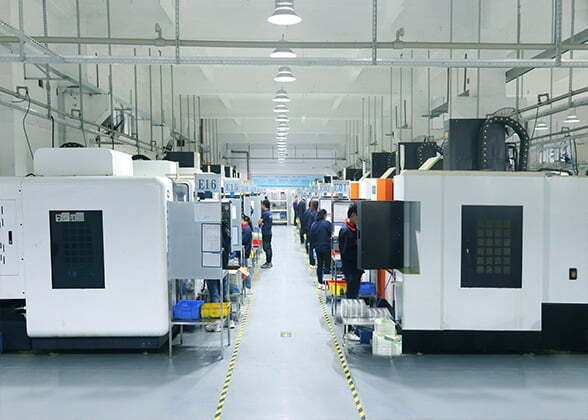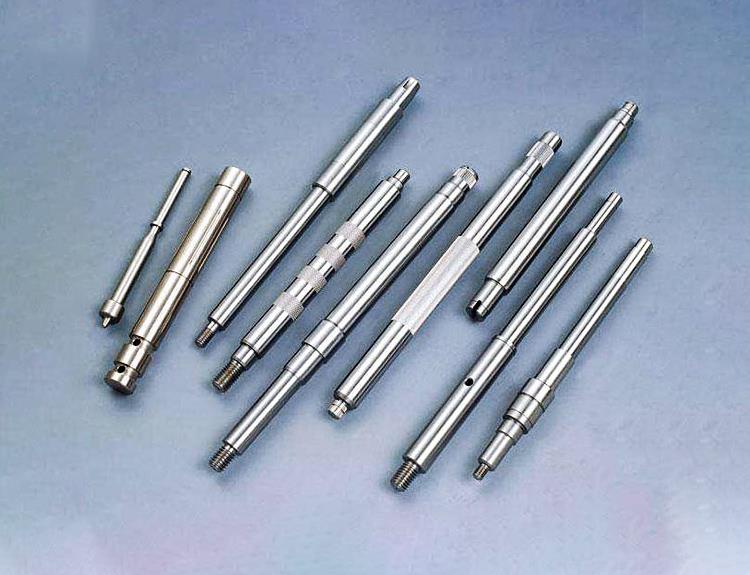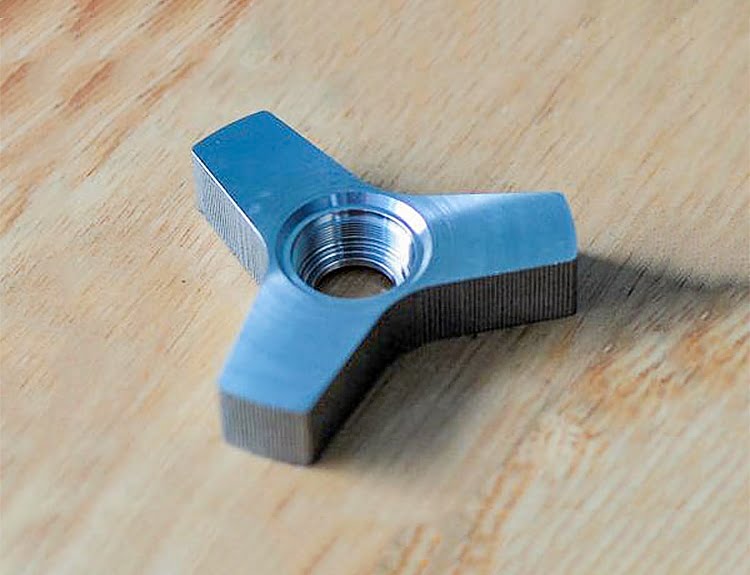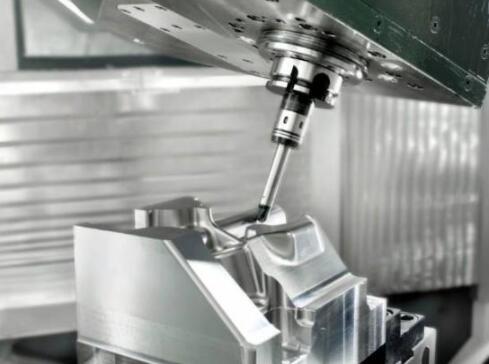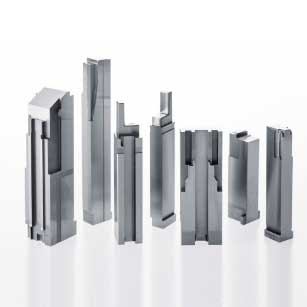- Grinding of precision mould parts
- Electro machining control
- Surface treatment and assembly
A mold is made of many precision mould parts for heat treatment
In the heat treatment precision mould parts, while making the parts obtain the required hardness, it is also necessary to control the internal stress to ensure the dimensional stability of parts during processing. Different materials have different treatment methods. With the development of the die industry in recent years, the variety of materials used has increased. For some male and female dies with high working strength and severe stress, new materials such as V10, ASP23, etc. can be selected. These materials have high thermal stability and good microstructure.
The precision mould parts shall be quenched after rough machining. There is a large residual stress in the workpiece after quenching, which is easy to lead to cracking during finishing or work. After quenching, the parts shall be tempered while hot to eliminate the quenching stress. The quenching temperature is controlled at 900-1020 ℃, and then cooled to 200-220 ℃ for air cooling, and then quickly returned to the furnace for tempering at 220 ℃. This method is called one time hardening process, which can obtain high strength and wear resistance. It is better for dies with wear as the main failure form. For some workpieces with many corners and complex shapes in production, tempering is not enough to eliminate the quenching stress. Before finishing, stress relief annealing or multiple aging treatments are required to fully release the stress.
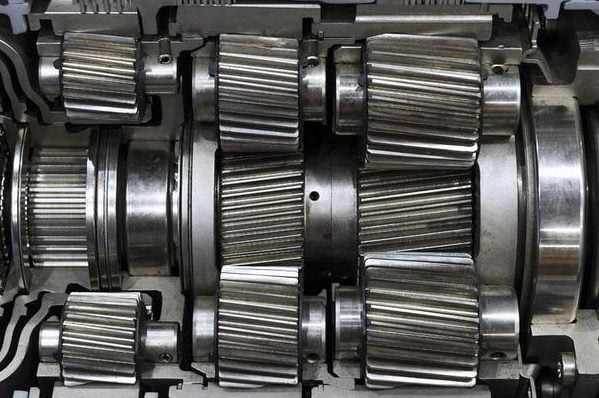
Grinding of precision mould parts
There are three main types of machine tools used for grinding: surface grinder, internal and external cylindrical grinder and tool grinder. The grinding deformation and grinding cracks shall be strictly controlled during finishing grinding. Even tiny cracks will be exposed in subsequent processing and use. Therefore, the feed for fine grinding shall be small, not large, the coolant shall be sufficient, and the parts with dimensional tolerance within 0.01mm shall be subject to constant temperature grinding as far as possible. The influence of this factor should be fully considered in each finishing process.
It is very important to choose the proper grinding wheel during fine grinding. GD single crystal corundum grinding wheel is more suitable for the high vanadium and high molybdenum condition of die steel. When machining hard alloy and quenching materials with high hardness, the diamond grinding wheel with organic binder is preferred. The grinding wheel with organic binder has good self grinding performance and the workpiece can be rough. In recent years, with the application of new materials, CBN grinding wheel, That is to say, cubic boron nitride grinding wheel shows a very good machining effect.
It is better than other kinds of grinding wheels in finishing machining on CNC forming grinding machine, coordinate grinding machine, CNC internal and external cylindrical grinding machine. During grinding, the grinding wheel shall be trimmed in time to maintain its sharpness. When the grinding wheel is passivated, it will rub and squeeze on the workpiece surface, causing burns on the workpiece surface and reducing its strength.
Most of the plate parts are processed by surface grinder, and a long and thin thin plate part is often encountered in the processing, which is difficult to process. Because during processing, under the adsorption of magnetic force, the workpiece will deform and cling to the surface of the workbench.

When the workpiece is taken off, the workpiece will return to deformation. The thickness measurement is consistent, but the parallelism cannot meet the requirements. The magnetic isolation grinding method can be used to solve this problem. During grinding, the contour block is placed under the workpiece, and the blocks on four sides are used to resist. During processing, small feed and multiple light knives can be used. After processing one side, the contour block can not be placed again, Direct adsorption processing can improve the grinding effect and meet the requirements of parallelism.
Shaft parts have rotary surfaces, and their processing is widely used internal and external grinder and tool grinder. During the processing, the head frame and the center are equivalent to the busbar. If there is a jumping problem, the processed workpiece will also have this problem, which affects the quality of the parts. Therefore, the head frame and the center should be inspected before processing. During internal hole grinding, the coolant shall be fully poured to the grinding contact position to facilitate smooth discharge of grinding. When machining thin-walled shaft parts, it is better to use the clamping process table, and the clamping force cannot be too large, otherwise it is easy to produce "inner triangle" deformation on the circumference of the workpiece.

Electro machining control
Modern mold factories can not lack electric machining, which can process various special-shaped and high hardness parts. It can be divided into two types: wire cutting and electric spark.
At the beginning of processing, check the condition of the machine tool, check the deionization degree of water, water temperature, verticality of wire, tension and other factors to ensure a good processing condition.
Wire cutting processing is to remove processing on a whole piece of material. It destroys the original stress balance of the workpiece, which is easy to cause stress concentration. The rough shape is pre processed, and then heat treatment is carried out to release the processing stress before finishing to ensure thermal stability.
When machining the punch, the selection of the cut in position and path of the wire should be carefully considered. The best effect is achieved by drilling and threading. High precision wire cutting, usually four times of cutting, can ensure the quality of parts. When machining the female die with taper, in a fast and efficient manner, rough machining the straight edge for the first time, taper machining for the second time, and then finish machining the straight edge. In this way, it is not necessary to carry out X segment vertical finishing, and only finish machining the straight edge of the blade segment, which saves time and costs.
The electrode must be made before EDM. The electrode can be coarse or fine. The precision machining electrode shall have good shape compliance, and it is best to use CNC machine tools to finish machining. When making electrodes, it is necessary to calculate the electrode clearance and the number of electrodes. When large area or heavy electrode processing is carried out, the workpiece and electrode clamping should be firm to ensure sufficient strength and prevent loose processing. During deep step machining, attention should be paid to the loss of electrodes and the arc discharge caused by poor drainage.
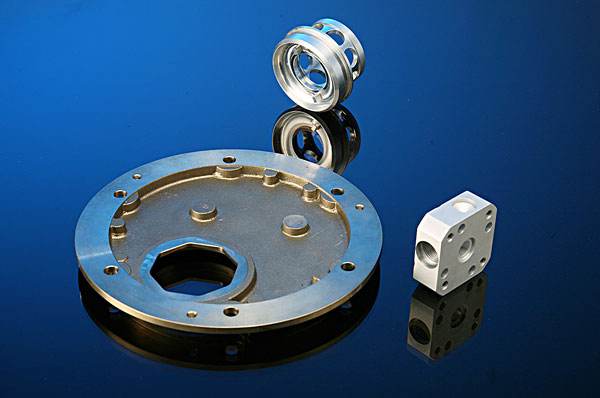
Surface treatment and assembly
The tool mark and grinding mark left on the part surface during machining are the places where stress is concentrated and the source of crack propagation. Therefore, after machining, the surface of the part needs to be strengthened, and the hidden trouble of machining can be eliminated by bench work grinding. Some edges, acute angles and orifices of the workpiece shall be blunted and R-shaped. Generally, the machined surface will produce 6-10 μ The metamorphic hardened layer about m is gray white, brittle and with residual stress. Before use, the hardened layer shall be fully removed by surface polishing and grinding.
In the process of grinding and electric machining, the workpiece will be magnetized to a certain extent, with weak magnetic force, and it is very easy to attract some small things. Therefore, before assembly, the workpiece should be demagnetized, and the surface should be cleaned with ethyl acetate. During the assembly process, first refer to the assembly drawing to find out the parts, then list the equipment sequence between the parts, list the precautions, and then start to assemble the mold. Generally, first install the guide post guide sleeve, then install the mold base and punch and die, and then assemble and adjust the gaps, especially the punch and die gaps. After the assembly, implement the mold inspection and write the overall situation report.
The processing of precision mold parts can be roughly divided into three categories according to the different appearance and shape of the parts: plates, special-shaped parts and shafts.
The precision mould parts is roughly as follows: rough machining - heat treatment - fine grinding - electric machining - fitter - assembly processing.


